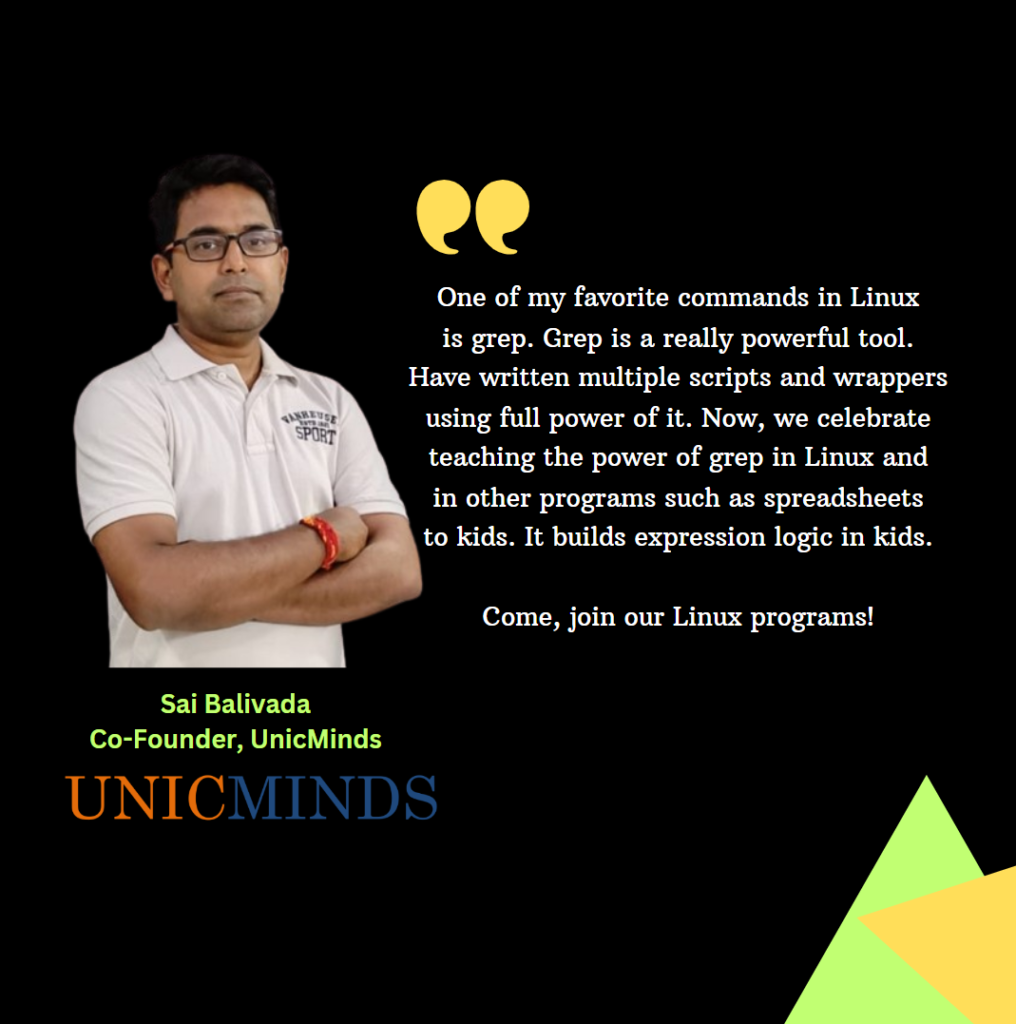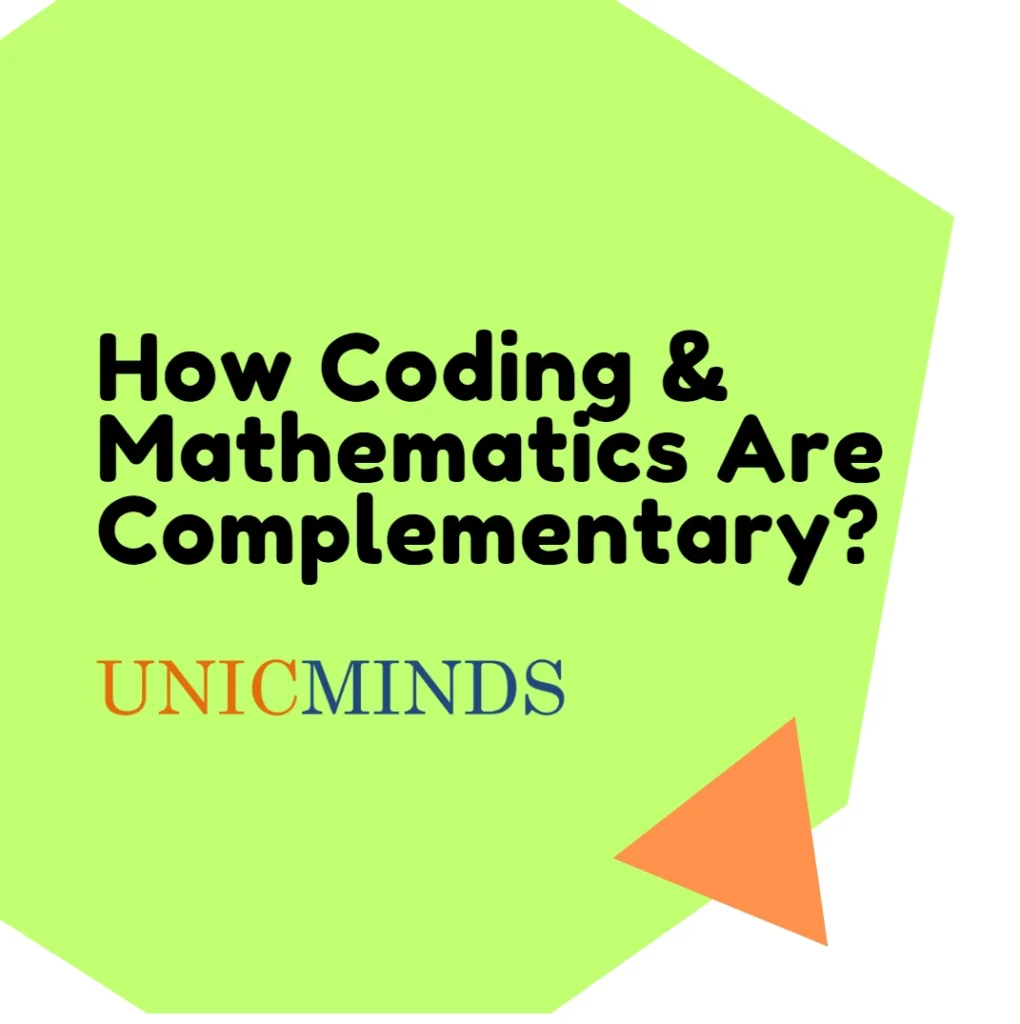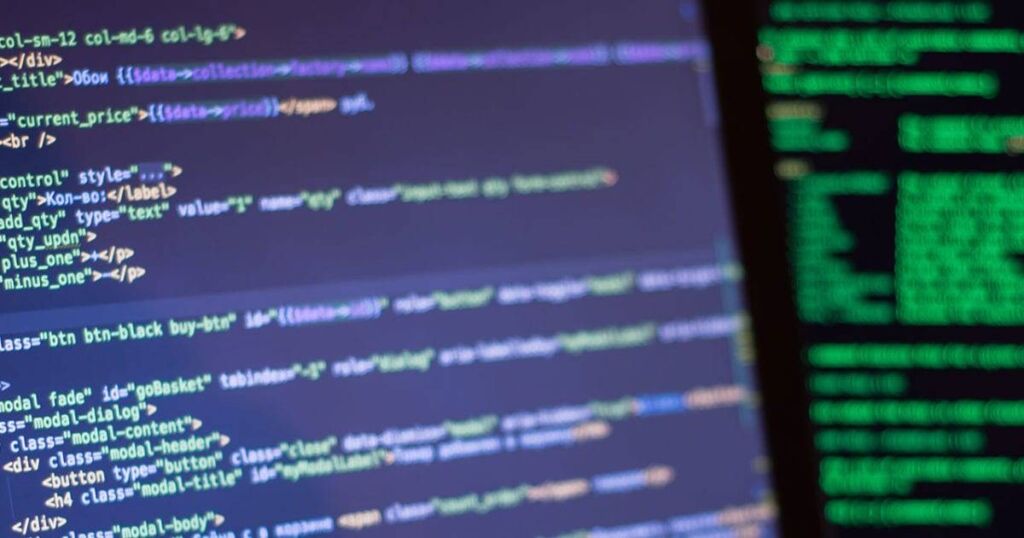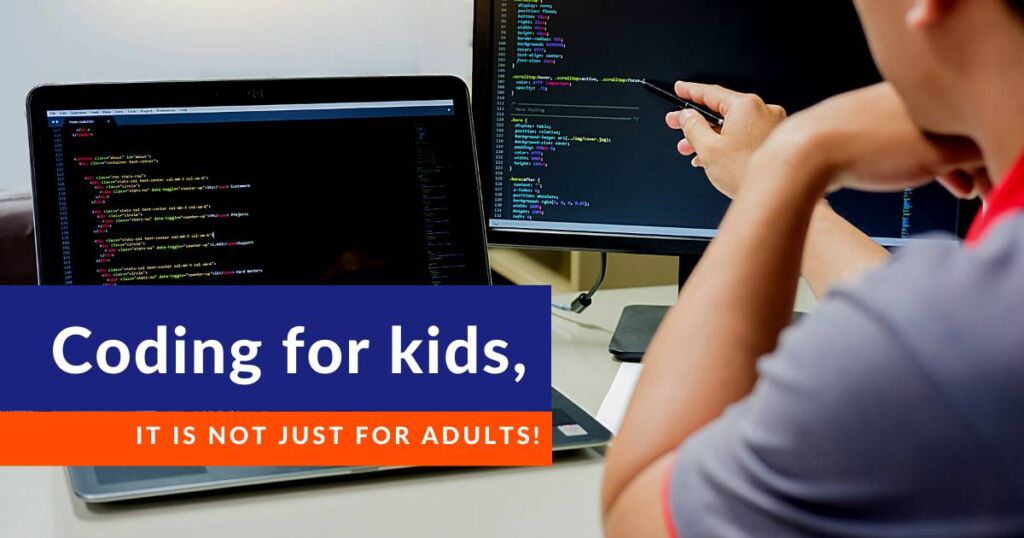Coding and Mathematics are two sides of the same coin. Coding can be an avenue to apply and deeply engage with mathematics. At UnicMinds, we often think that coding should be closely engaged in schools across the world as part of mathematics education itself; that’s how close they both are related.
In our mathematics education, we affirm that mathematics is the building block of STEM education. It is the most important aspect that drives all STEM education for children. The Common Core State Standards in Mathematics states that the first of the principles is to make sense of problems and to persevere in solving them. This iterative process fits well even for both coding and mathematics.
Learning coding very well helps you to improve in mathematics too. They both are highly correlated subjects that eventually challenge you to learn from each other. For example, Matrices, 3D visualizations, Algebra, Geometry, Game Theory, Equations, Hyperbolas, Parabolas, and complex statistics become much clearer when you put pen to paper and write code and visualize it on your screen. Coding is a great aid to learn mathematics applicatively and visually.
Our Co-Founder, Sai Balivada, says that “Coding is a way to model the mathematical approach to a problem. Essentially, an algorithm is nothing but using math and logic as a tool to solve something. In that way, they are extremely closely related subjects almost akin to physics using math as a tool”.
As teachers, parents, and guardians, we should think about what problems that children are interested in solving. Students who are actively involved in solving something will usually persist through the obstacles, and that is an important skill to learn for success. So, instead of starting a topic of coding or mathematics, start by telling them how to solve a problem using coding and mathematics.
Another standard of the common core standards in Mathematics is: to think abstractly and quantitatively. Coders use a lot of linear algebra – they have to look at multiple variables and data and understand the missing pieces to solve the problem for a desired output. Whether you’re coding an app or a website or a device driver, you’re using limited resources to get the desired output in a certain environment. It is like you’re a detective or a chess player going back and forth in your mind with various options to get a desired outcome. For example, a number 144 can be described in terms of 12 square or as 4 square times 3 square and each representation is a different situation. All these situations need to be abstracted and solved differently.
Coding is a way to model mathematics. There are variables in both coding and algebra. Students use coding as a tool to solve problems, and create interesting tools and help others to solve problems too. Check out the graph paper programming lesson for a simple introduction to algorithms. Older students can check programming a simulator to create dynamic graphs. In solving a larger problem, just like in mathematics, coding or programming requires attention to detail while keeping the big picture in mind.

Topics such as regular expressions are a beautiful application of algebra and other mathematics. Programming and Computer-science are deeply intertwined with Mathematics to bring out beautiful creations. For example, grep is a powerful command that brings out extremely complex query results. We see similar applications in RDBMS too. The crux of all of coding and programming remains the same – repeated reasoning, structuring a problem, and solving it for a desired result. And, that will always remain for mathematicians and programmers as a central tool for problem-solving.
Hope this is useful, thank you.
You may like to read: Kangaroo Math for Kids, Math Worksheets, and Coding the Pacman Game in Scratch.




